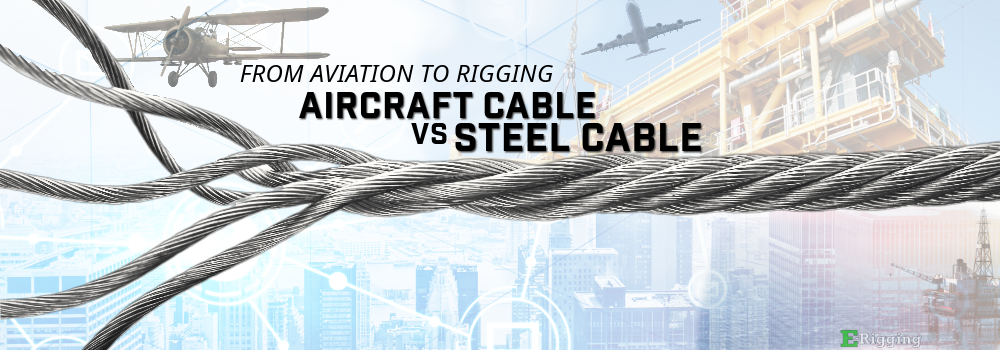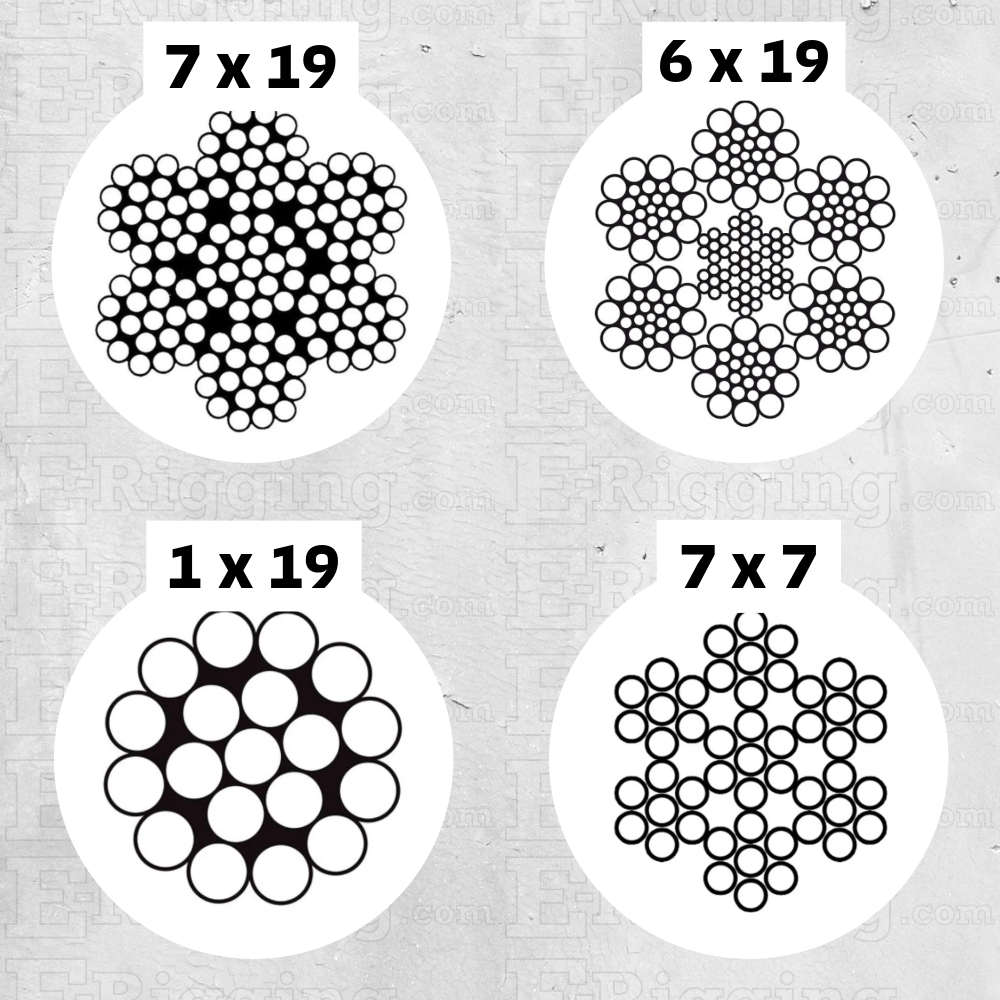The Beginning of Aircraft Cable
The early 20th century saw remarkable advancements in the aviation industry, creating a demand for materials capable of performing under severe stress and various environmental conditions. Steel cable, known for its durability and flexibility, became the backbone of early aircraft control systems—enabling precise management of critical flight components like rudders, ailerons, and elevators.
Evolution of Steel Cable in Aviation
With the progression of aerospace engineering, the quest for materials that could withstand extraordinary conditions led to the invention of specialty alloys. These alloys, enhanced with elements such as nickel, chromium, and cobalt, are celebrated for their resilience, especially at high temperatures and under intense mechanical stress.
High-strength steel was initially valued for its robust tensile strength and enduring nature. However, as the demands of aircraft design intensified, the composition of steel cables evolved. The focus shifted towards materials offering improved performance and lighter weight, driving innovation within the industry.
Beyond Aviation: Steel Cable and Wire Rope in Various Industries
This innovation wasn't confined to the skies. The exceptional strength and adaptability of steel cable tailored for aviation paved the way for its use in numerous other sectors. Today, steel wire rope, a descendant of these early aircraft cables, is integral to the construction, automotive, and marine industries, serving as foundational supports, forming part of the iconic suspension bridge silhouettes, and securing maritime vessels.
Distinguishing Aircraft Cable from Wire Rope
While the term "Aircraft Cable" is often used synonymously with steel cable, it's important to note that true aircraft cable is specifically manufactured for aviation use. At E-Rigging, we carry high-quality Steel Cable and Wire Rope designed for a wide range of applications outside of aviation. These cables are built to rigorous standards, ensuring reliability and strength for demanding environments.
Let’s take a look at the differences between aircraft cable and steel cable:
| Aircraft Cable | Steel Cable |
|---|---|
| Must adhere to strict aerospace standards and certifications, such as those set by the Federal Aviation Administration (FAA) in the United States. The production and quality control processes for aircraft cable are rigorously monitored to ensure safety. | The strength requirements can range from moderate to high based on the application. For instance, a steel cable for a bridge will prioritize tensile strength and load-bearing capacity, while one for a residential clothesline might not. |
| Designed for high tensile strength and to withstand the cyclical loading and unloading typical in aircraft operations. It's engineered to handle high stress without stretching or snapping. | While still subject to manufacturing standards, the certifications may not be as stringent unless the cable is used for critical structural applications. Standards such as ASTM, ISO, or specific industry regulations might apply. |
| Features a very specific construction that is fine and tightly wound for high flexibility and fatigue resistance, essential in the aerospace industry. The cable typically has a small diameter, usually between 1/32 inch to 1/4 inch, and is made up of a large number of small wires twisted into strands, which are then twisted together. | Finds use in a multitude of applications beyond aviation, including construction (e.g., cranes, bridges), maritime (e.g., mooring lines), automotive (e.g., towing), and even entertainment (e.g., zip lines). |
| Typically made from stainless steel or galvanized steel, aircraft cable is designed to be lightweight and resistant to environmental stressors like corrosion. | Can be made from a variety of steel grades, including carbon steel and stainless steel. The specific type of steel used can vary based on the intended application and the required properties, such as tensile strength or flexibility. |
The technology behind steel wire has filtered down to consumer products, manifesting in items we use daily—bicycles, motorcycles, and even medical devices rely on the small, potent, and malleable nature of this incredible material.
Thanks to advancements in production techniques, high-quality steel wire has become more affordable and widespread. This cost reduction has democratized the material, allowing it to be incorporated into a plethora of designs and applications, making what was once exclusive to high-end aerospace engineering a common material across various industries.
So when you’re searching around for cable to use for your next project, be sure to inspect how the product is tested and what uses it is rated for. You may be surprised to find how many sellers there are on the internet selling cable from overseas that has never been tested and is not regulated. The result of this? Safety hazards galore with no way to trace the company responsible. At E-Rigging, our vendors go through vigorous vetting before we make a purchase. We test products in-house, and we have rigging experts behind all of our own designs.
Browse our cable products with the links below. If you have any questions on what kind of cable to use for your project, contact us! We’ll be happy to help!




